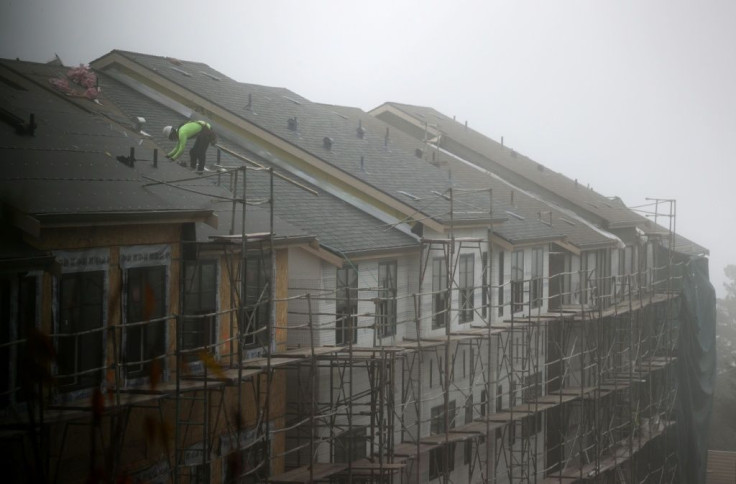US Homebuilding Rebounds Sharply In March From Storm-caused Plunge
American homebuilders got back to work in earnest last month after bad weather slowed construction in February, as new housing starts jumped 19.4 percent, the Commerce Department said Friday.
New construction projects started in March rose to a seasonally-adjusted annual rate of 1.74 million, 37 percent higher than the pace in March 2020 and beating analysts' expectations as homebuilders worked to keep up with buyer demand amid a boom in the US housing market.
Housing permits, a more volatile indicator of projects in the pipeline, also outperformed, rising 2.7 percent above February's upwardly-revised rate to 1.77 million.
"The data can be volatile on a monthly basis, but the March report showed a snap back from weather-related weakness in February," Rubeela Farooqi of High Frequency Economics said in an analysis.
Aided by cheap mortgages after the Federal Reserve slashed its benchmark lending rate to zero when the Covid-19 pandemic arrived in March 2020, buyers have snatched up homes over the past year, squeezing inventory and sending prices upwards.
Builders had been struggling to keep pace, and winter storms in February caused a decline in construction and permitting although the March data showed the drop was less severe than first reported.

Regions that were hard-hit by storms saw the fastest growth last month, with construction in the Midwest rising 122.8 percent overall and 109 percent for single-family homes.
The Northeast saw 64 percent overall growth and 28.6 percent for single-family homes.
Construction in the West, which did not see a drop due to weather in February, declined 13.6 percent, with a similar drop for single-family building.
The Mortgage Bankers Association cheered the data, saying it provided hope the inventory squeeze that has sent home prices climbing could end later in 2021.
"The biggest challenge facing the housing market right now is the lack of supply. This news of more new inventory on the way is very positive," the association's Chief Economist Chief Economist Mike Fratantoni said.
"Although we do not expect a rapid cooling in the pace of home-price growth, there should be some deceleration over the course of 2021 as these additional units enter the market."
© Copyright AFP 2024. All rights reserved.











